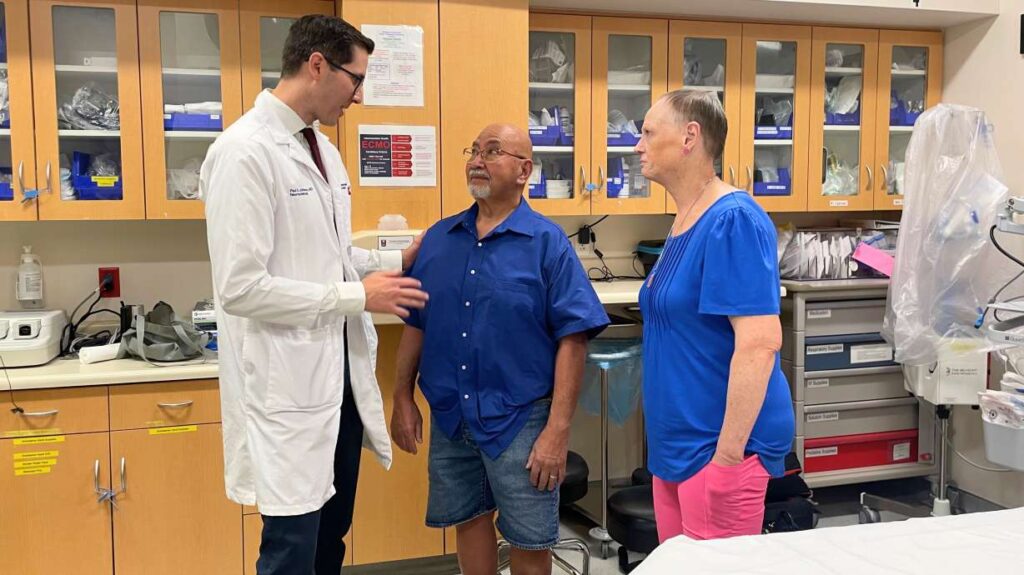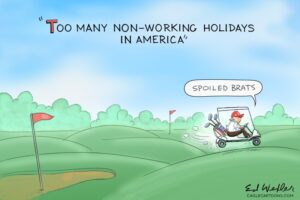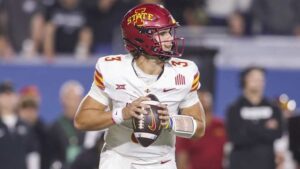
MURRAY — Ann Itchon vividly recalls the harrowing sound of her husband collapsing in the bathroom the night he suffered a stroke. On January 23, 2024, Ted Itchon woke up around 2 a.m. and lost his balance, leading to a fall that changed their lives.
Immediate Impact
Ann quickly discovered Ted on the floor and dialed 911. As she followed the ambulance to the hospital, first responders had already administered a stroke-stopping medication, crucially preventing further damage to Ted’s brain.
Key Details Emerge
Dr. Paul Johnson, the medical director of the Comprehensive Stroke Program at Intermountain Medical Center, emphasized the urgency in treating stroke patients. “A stroke is a very time-sensitive disease. Every minute you delay care costs brain cells,” he stated. “We often say, ‘time is brain.'”
32,000 neurons die every second during a stroke.
By the Numbers
Utah recently topped the national rankings for stroke treatment speed, according to the American Heart Association. In Utah, 87.1% of stroke patients receive crucial medication within 45 minutes, surpassing the national goal of 60 minutes.
94.5% of patients at Intermountain Health centers receive treatment within 45 minutes.
88% receive it in 30 minutes or less.
Industry Response
Intermountain Health has implemented several strategies to enhance treatment times, such as premixing medication, expediting CT scans, and optimizing emergency department workflows. “We’ve worked closely with EMS crews and ER staff to shave off every minute,” Johnson explained.
Expert Analysis
Dr. Johnson highlighted the importance of quick diagnosis and treatment. “When a patient like Ted comes in, we are very quickly able to get the data that we need,” he noted. This rapid response is vital for preventing permanent brain damage.
Background Context
Strokes occur when a blood clot obstructs an artery, cutting off blood flow and oxygen to the brain. They are a leading cause of death in the U.S., particularly affecting older adults with conditions like high blood pressure and diabetes.
What Comes Next
Johnson urges the public to remember the mnemonic BEFAST to recognize stroke symptoms: Balance issues, Eye problems, Facial droop, Arm weakness, Speech difficulties, and Time to call 911. Quick action can save lives.
“If it wasn’t for Ann and her diligence, I would probably be less than what I am now,” said Ted Itchon, grateful for the swift medical response.
Regional Implications
Utah’s success in stroke treatment is a model for other states aiming to improve their medical response times. The state’s healthcare system demonstrates the critical role of preparation and collaboration in emergency care.
As Ted Itchon continues his recovery, his story underscores the life-saving potential of rapid stroke intervention. “I can’t tell you how much I appreciate the doctors,” he remarked, reflecting on his journey back to health.
For more information on stroke risk and recovery, visit the American Heart Association’s stroke website.





